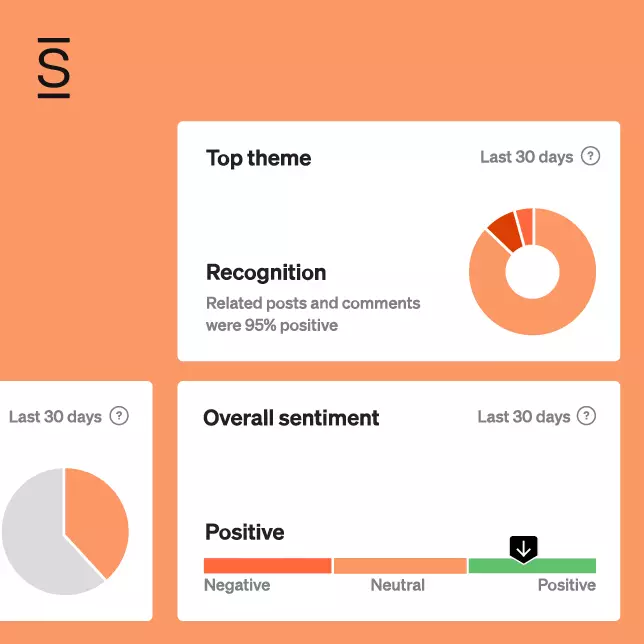Measuring the success of your intranet is important. It’s much more than just an expected part of management reporting. Measuring intranet analytics has several different benefits, including:
- Showing whether you’ve achieved your original strategic aims
- Demonstrating value to your stakeholders and users, and helping to build confidence and trust in the channel
- Justifying more investment in your intranet to implement new features
- Providing insight into what works and what doesn’t, right down to the content level, so improvements can be made
- Engaging site and community managers to improve their sites
Analytics aren’t always easy
Even though metrics should be a core intranet activity, many organizations struggle to effectively measure their intranet success. There are a number of reasons for this:
- Certain statistics aren’t always reliable or even available
- Data only makes up part of the picture and can be misinterpreted without context or more detail
- Compiling statistics and assembling reports can be time-consuming, and not everybody has the right level of resourcing
- It can be all too easy to measure things which have little value or benefit
However, you can avoid these pitfalls and get increased value, ultimately improving your intranet.
Here are seven best practice tips for measuring the success of your intranet.
1. Focus on strategic KPIs
It’s likely that you implemented your social intranet with some strategic objectives in mind. Typically intranets are introduced to increase employee engagement, improve processes, drive a one-company culture or even improve customer service.
To measure the original intended impact of your social intranet, establish KPIs which map back to your original objectives. These KPIs are likely to measure your intranet’s core value and resonate strongly with your stakeholders. If (or when) you establish a new intranet strategy, define KPIs as part of it.
2. Measure value
Make sure you focus on measuring what has value for you and will really deliver insight. It’s all too easy to just measure what’s convenient, either because the numbers are easy to assemble, or because they illustrate a nice uptick in a particular trend. Often, it’s the numbers that indicate where improvements could be made or where action is needed that have the most value.
3. Get a holistic view
One set of metrics doesn’t usually reveal the full picture of what’s happening with your social intranet. Ensure you measure a range of different elements to get a more holistic view of how employees view and use your intranet and its related content.
Often insight is revealed by a combination of different metrics, for example where there is a correlation between two different sets, or where one set of numbers gives context to another. Where different sets of numbers indicate a pattern, it gives more weight to a potential trend.
4. Be objective
Metrics imply objectivity and enable data-driven decision making. However it is all too easy to be subjective, as sometimes the same metric can be interpreted in more than one way.
It’s important to be as objective as possible. Be wary of using metrics only to confirm your present thinking. The numbers that surprise and challenge you may be the most valuable and insightful.
5. Make it a process
Taking time to measure your intranet and derive insight has little value if it doesn’t lead to associated actions.
Intranet teams get extremely busy, so it’s best to put a regular process in place to review your metrics and then ensure you take the appropriate actions. Things are far more likely to get done. Reviewing metrics and taking actions on a monthly or quarterly basis will help to ensure your intranet keeps on improving.
6. Collect stories and anecdotes
Metrics are powerful, but often they only tell half the story, and need context to make sense. Moreover, if you’re trying to communicate success to stakeholders or site managers, numbers alone do not always convey the right message.
Backing up metrics with a series of powerful stories and anecdotes can provide a more tangible and memorable illustration of value. They can also convey the need to make a change. Capturing stories, case studies and even feedback quotes should go hand in hand with your measurement efforts.
7. Measure before and after
Measurement is a great way to show the positive impact of a project and how things have improved. However, you need to measure the situation before any changes were made, so you have figures to compare.
All too often teams can’t show the full impact of their projects, so make sure you have the numbers to track success. Better still, keep on measuring the same elements over time to reveal trends.
Actionable insights, happy stakeholders
Following these best practices will ensure your intranet metrics give you actionable insights and support stakeholder management.
In the second post on this topic, we’ll look specifically at the types of metrics that are relevant to the social intranet, which you should also consider measuring to demonstrate success.

















